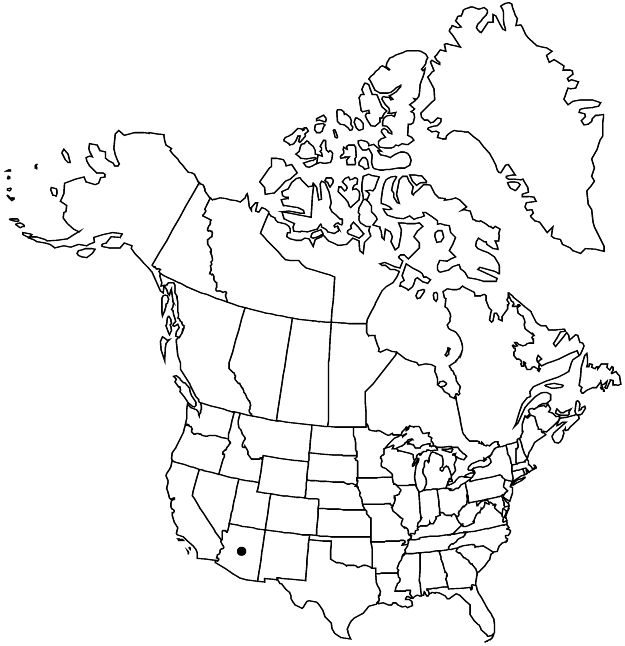Difference between revisions of "Eriogonum mortonianum"
Brittonia 26: 90, fig. 1. 1974.
FNA>Volume Importer |
FNA>Volume Importer |
(No difference)
| |
Revision as of 20:08, 24 September 2019
Shrubs, erect to spreading, not scapose, (3–)4–10 × 5–20 dm, essentially glabrous and bright green. Stems spreading, without persistent leaf bases, up to 1/3 height of plant; caudex stems absent; aerial flowering stems erect to spreading, slender, solid, not fistulose, 0.2–2 dm, glabrous. Leaves cauline on proximal 2/3 of stem, 1 per node; petiole (0.2–)0.3–0.8(–1) cm, floccose or glabrous; blade elliptic, 1.5–4(–4.5) × (0.3–)0.6–1(–1.3) cm, glabrous and green on both surfaces, margins plane. Inflorescences cymose, open, 15–25 × 13–30 cm; branches often with involucres racemosely arranged at tips of inflorescence branches, glabrous; bracts 3, scalelike, triangular, 1–2 mm. Peduncles absent. Involucres 1 per node, turbinate, 2–2.5 × 1.2–1.8(–2) mm, glabrous; teeth 5, erect, 0.2–0.3 mm. Flowers (2–)2.5–3 mm; perianth pale yellow to yellow or whitish, glabrous; tepals connate proximal 1/4, dimorphic, those of outer whorl obovate, 1–1.3 mm wide, those of inner whorl oblanceolate, 0.8–1 mm wide; stamens included to slightly exserted, 2–2.5 mm; filaments pilose proximally. Achenes brown, 3–3.5 mm, glabrous. 2n = 40.
Phenology: Flowering Jul–Sep.
Habitat: Red, gypsophilous clay flats and outcrops, mixed grassland, saltbush, and blackbrush communities
Elevation: 1400-1600 m
Discussion
Of conservation concern.
Eriogonum mortonianum is restricted to a series of low, gypsophilous hills southwest of Fredonia, Mohave County.
Selected References
None.
